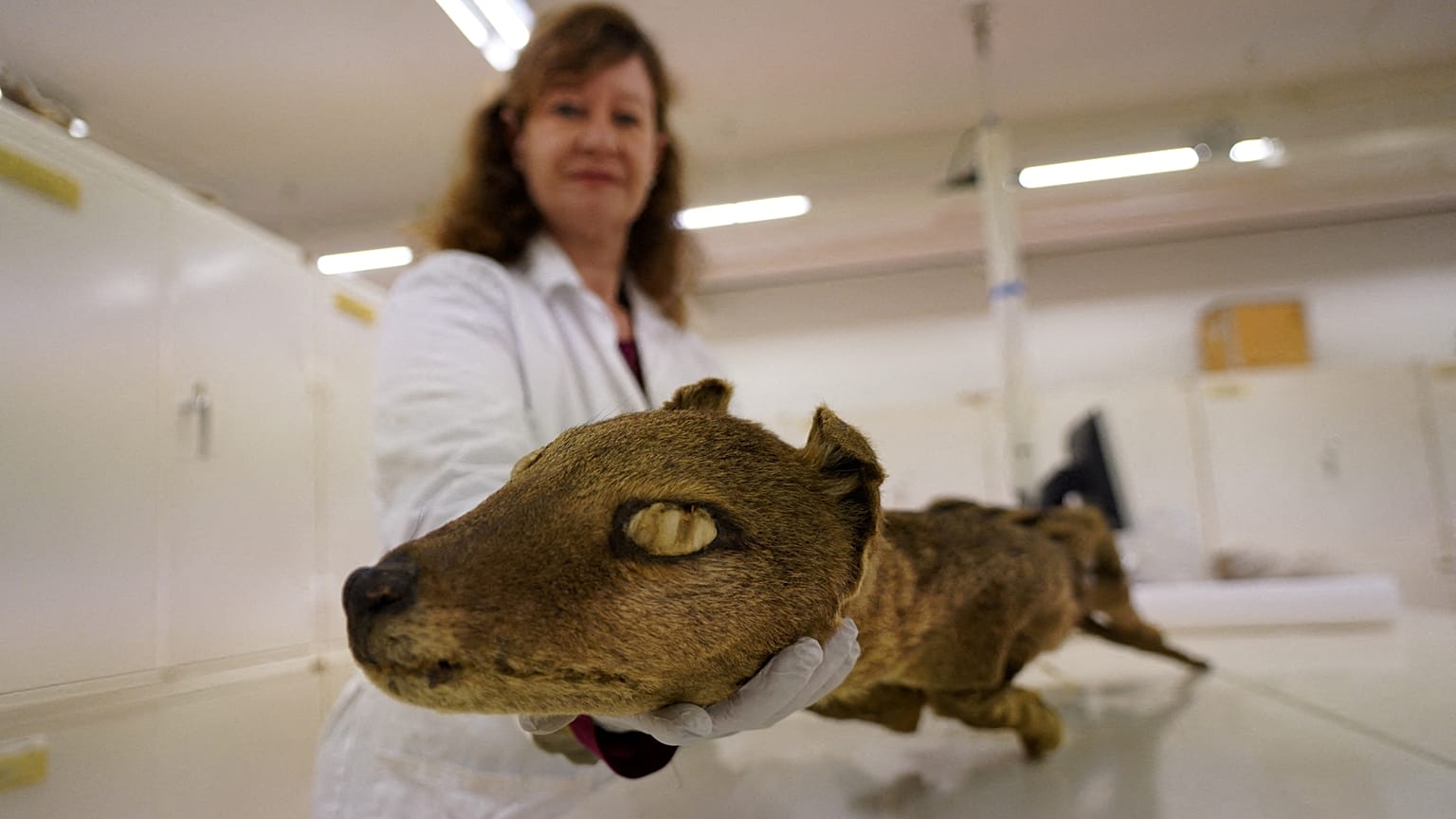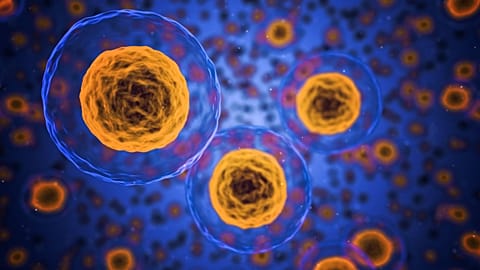The researchers are hopeful the breakthrough will allow them to study how RNA viruses evolve.
In a world-first, scientists in Sweden have succeeded in extracting and sequencing RNA molecules from an extinct species - in this case, a century old Tasmanian tiger known as a thylacine.
Tasmanian tigers are believed to have been extinct since 1936, with the last known living specimen dying in a zoo in Hobart in 1936.
But one of the animals has been stored and preserved at the Swedish Museum of Natural History since 1891, allowing the scientists to extract a sample from the specimen.
RNA molecules are considerably smaller than DNA, and researchers had previously believed that they degraded quickly at room temperature, making the recovery of the molecules from the Tasmanian tiger a significant achievement.
“This is the first time that anyone has recovered RNA from an extinct species,” Love Dalen, a professor in evolutionary genomics at Stockholm University who co-led the project, said.
According to Dalen, the aim of the project is not to "resurrect" the species but rather to provide a roadmap for other scientists hoping to study how RNA viruses evolve among other applications.
The Centre for Palaeogenetics in Stockholm is a joint venture between Stockholm University and the Swedish Natural History Museum.
The museum’s mammal curator, Daniela Kalthoff, said that she was thrilled with the project.
“It’s just fantastic and exciting to be part of it,” she said, speaking in the collections room where the specimen is kept.
Kalthoff said that other researchers have already approached her about taking samples from other specimens for different projects in the future.
"We have already got requests whether we can do this with other specimens from our collections, so there’s actually more to come," she said.
For more on this story, watch the video in the media player above.


















